
In the second part of the 19th century, Neo-Impressionism brought to the fore the science of optics and colour to forge a new and methodical painting technique that avoided the spontaneity and romanticism of the Impressionists. Relying on the viewer’s ability to visually combine dots of color on the canvas, the Neo-Impressionists sought to create brighter paintings that depicted contemporary life. Many artists in later years adopted the neo-Impressionist technique of Pointillism, the application of tiny dots of pigment, which opened the door to further explorations of color and ultimately abstract art.
The Basil & Elise Goulandris Foundation collaborated with leading European museums and important private collectors for a comprehensive tribute to the Neo-Impressionist movement, focusing on the Mediterranean region. The present exhibition is dedicated to Neo-Impressionism as it flourished on the Mediterranean coast. It traces the evolution of Signac, Cross, Luce and Van Rysselberghe towards a freer and bolder painting. The palette of these artists, lovers of pure colours, became increasingly vigorous and vivid, depicting in the most eloquent way the words of writers who had wandered before them on that still impregnable coastline: Guy de Maupassant, Stendhal, Théodore de Banville.

Théo Van Rysselberghe
Exhibition curator Marina Ferretti Bocquillon says in the exhibition catalogue, “The mild climate and the aromas of the lush vegetation combine with the intensity of the light that makes the tones vibrate. The senses are thus awakened and invited to a more fiery life, while the Mediterranean coastline will not be long before it becomes the theatre of a liberation of the bodies.”
At the press conference, the other curator of the exhibition, Maria Koutsomallis – Moreau stressed that since 1980 and the exhibition “Works by Impressionist and Post-Impressionist painters from the museums of France: from Manet to Matisse” which was held at the National Gallery Alexandros Soutsos Museum, the Greek public has not had the opportunity to come into contact with the works of the Neo-Expressionists on such a scale.
Signac Archive Director Charlotte Hellman Cachin and great-granddaughter of Paul Signac spoke about Signac’s subversive lifestyle and his generous call to a multitude of artists to contribute to the pioneering development of painting.
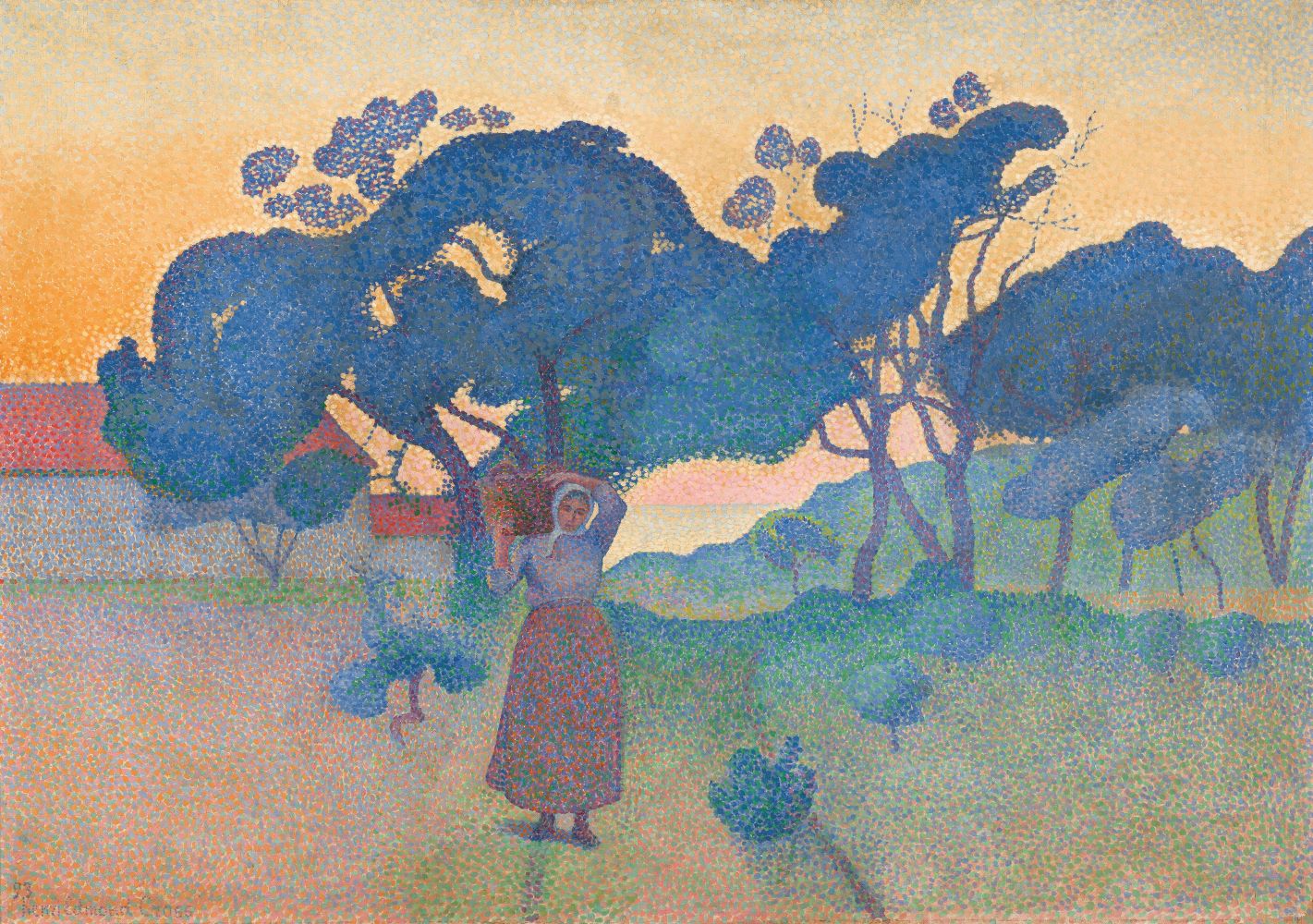
Henri-Edmond Cross
On 29 March 1891, Georges Seurat died suddenly, at the age of 31. After the loss of the founder of Neo-Impressionism, the other members of the group, namely Paul Signac, Henri-Edmond Cross, Maximilien Luce and Théo Van Rysselberghe, felt orphaned. Many art critics and painter friends, including Camille Pissarro, predicted the imminent end of this artistic movement, which they interpreted, wrongly, as an ephemeral and unruly offshoot of Impressionism. In fact, Seurat’s death only sealed the closure of the first chapter of Neo-Impressionism. A second chapter will open very soon, far from Paris, on the shores of the Mediterranean. And Signac, now at the head of the group, is leading it towards new horizons, both geographical and artistic.
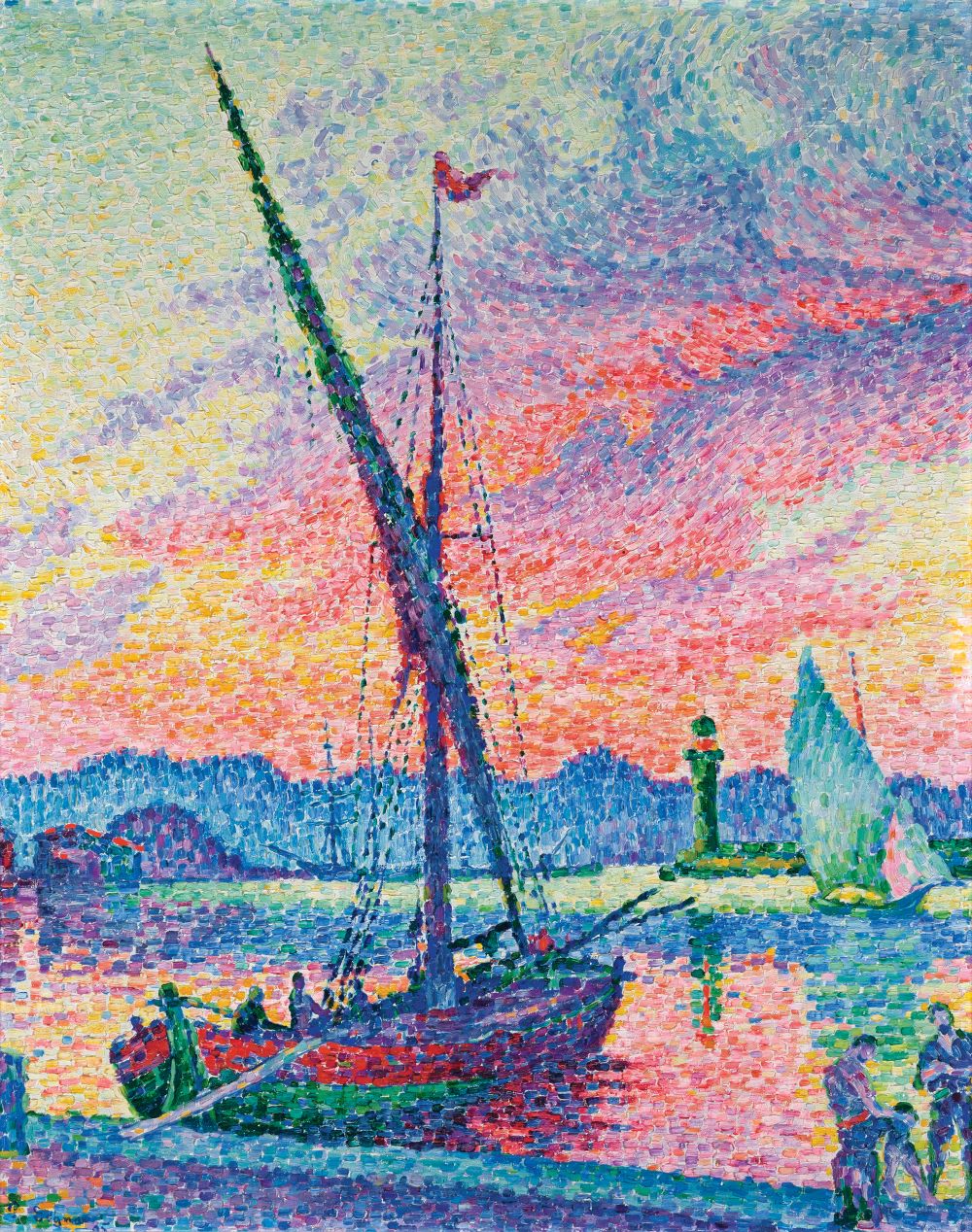
Paul Signac
The term “neo-impressionism” was originally proposed by the French art critic Félix Fénéon, who wanted to make the connection with the Impressionist movement, while emphasizing, with the prefix “neo-“, the distinctions between the two trends. The term prevailed over the term division ( or ” divisionism “) defended by Signac, as well as over the term ” pouvinism “, which gradually began to appear in the newspapers but was considered inappropriate by the artists of the movement as it described exclusively the process (the term is, however, still widely used today). The artists analysed the scientific dimension of painting through their work and aimed to transform the ephemeral into the timeless. They denied the diabolical ease of the brushstroke. In Signac’s new school on the Côte d’Azur, friendship and the exchange of ideas between artists flourished.
Throughout the exhibition, and while its structure is purely scientific and historical in its narrative, the curatorial aim to reveal the evolution of neo-impressionism as a movement is discernible. The exhibition is thus divided into the sections Renaissance on the Mediterranean coast, since the first to discover the Mediterranean coast was Cross in 1883, followed in 1892 by Signac, Liberating Colour, in which we see Signac, Van Rysselberghe, Cross and Luce deepening their pictorial explorations, orienting the neo-impressionist movement towards a painting with more colours and more contrasts. It continues with the section The attraction to watercolour in which we see Signac now emerging as a leading watercolourist, capable of capturing with rare talent the beauty of the moment to which the Impressionists attached great importance, and concludes with the section Dialogue with the Fauvists. Matisse, Manguin and Valtat will in turn discover the Mediterranean thanks to their greats Signac, Van Rysselberghe, Cross and Luce.
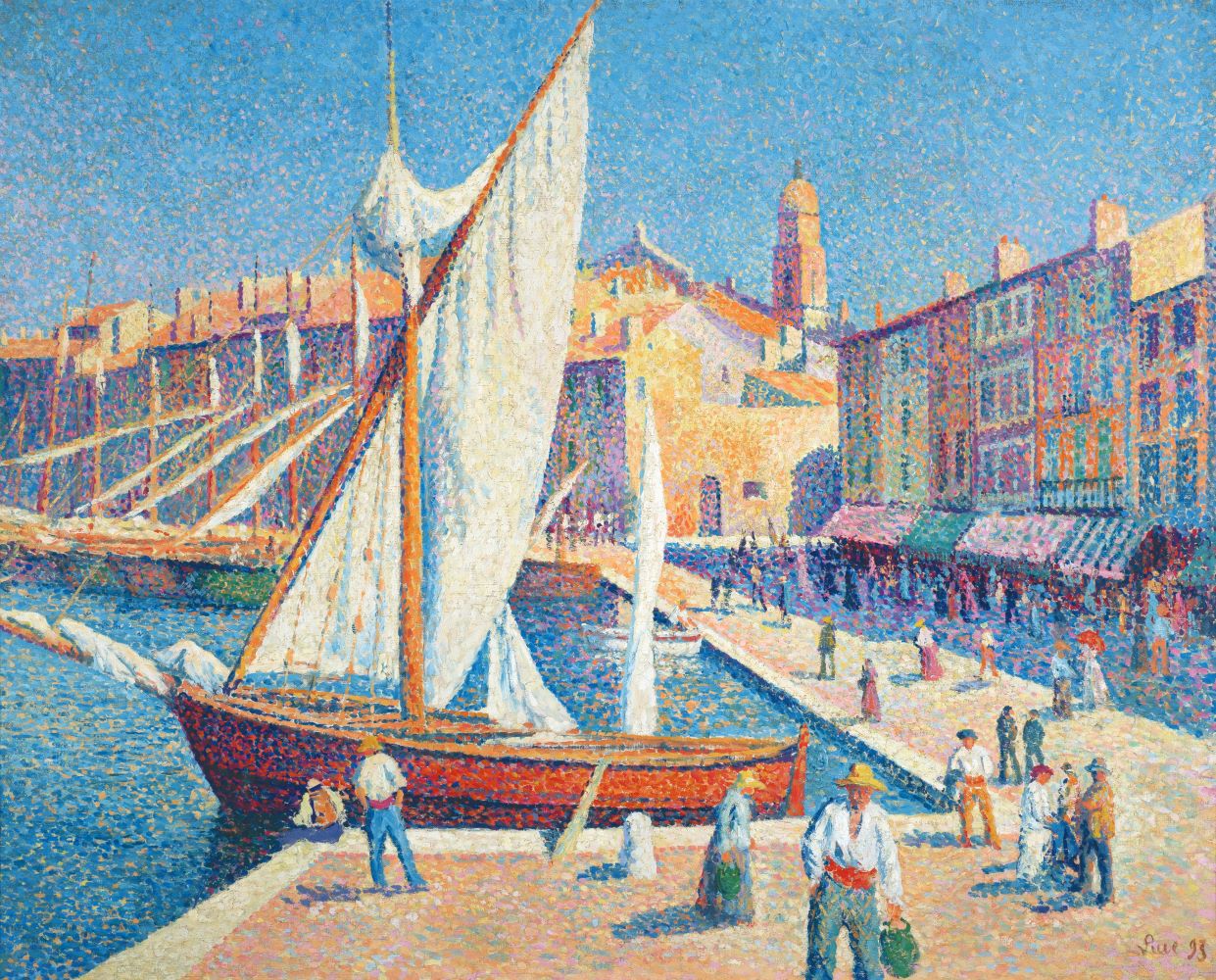
Maximilien Luce
The exhibition is accompanied by a detailed catalogue in Greek and English, with texts by the two curators and Signac Archive Director Charlotte Hellman Cachin.
The exhibition “Neo-Impressionism in the Colours of the Mediterranean” is organized in collaboration with major museums and institutions in Europe, including the Musée d’Orsay, the National Gallery of London, the Centre Pompidou, the Musée des Beaux-Arts de Besançon, the Musée de l’Annonciade, the Musée de Grenoble, the Musée national d’archéologie, d’histoire et d’art – Luxembourg and the Musée des Arts Décoratifs, as well as European private collectors. The exhibition is under the auspices of the French Ministry of Culture. The exhibition is curated by Marina Ferretti Bocquillon, Honorary Scientific Director of the Musée des impressionnismes Giverny and Maria-Koutsomalli Moreau, Head of the Collection of the B&E Goulandris Foundation.
The exhibition is accompanied by excellent archival film and photographic material which is also included in the catalogue.
As part of the exhibition’s activities, guided tours for the public to the temporary exhibition take place every Friday and Saturday, while a specially designed interactive tour, entitled Postcards from the Mediterranean, takes place every Saturday.
The exhibition is also accompanied by two educational programmes for children (A mosaic, pointillism!, a workshop for children aged 5-6 years and Playing with Light, a workshop for children aged 9-12 years). At the same time, the new cycle of the Foundation’s specially designed activity for people aged 60+ and people with Mild Cognitive Disorder, Game for Adults, offered free of charge in collaboration with the thallo programme and with the valuable support of Alpha Bank, takes place in the space of the temporary exhibition, while the new cycle of the popular Jazz at the Museum concert series is inspired by the exhibition and explores different aspects of the Mediterranean region.
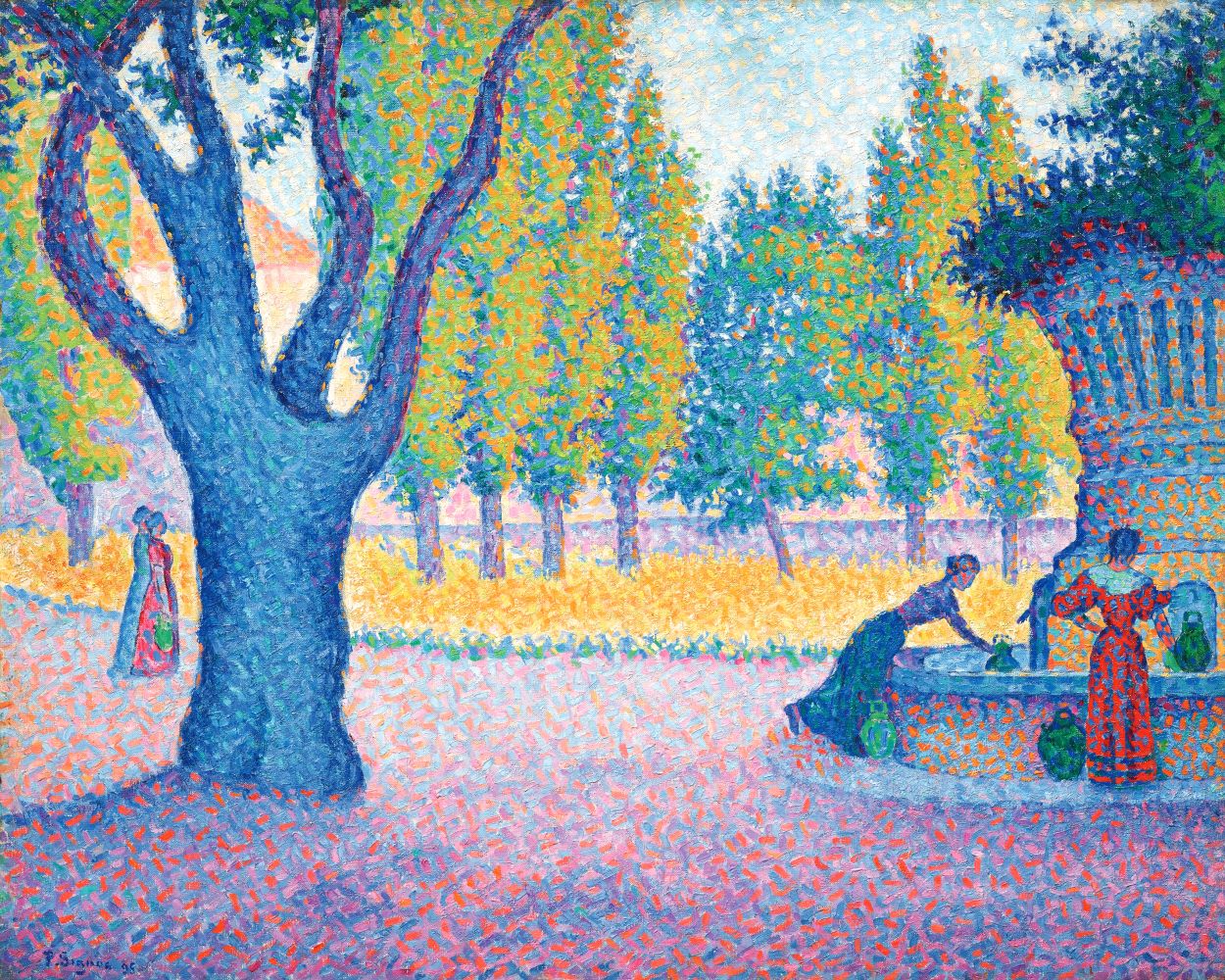
Paul Signac
Information
The Curators:
Marina Ferretti Bocquillon, Musée des impressionnismes Giverny
Maria Koutsomallis-Moreau, Β&Ε Goulandris
Duration: 10 January-7 April 2024
Opening Hours: Daily 11.00-15.00 and 18.00-21.00, Monday 11.00-15.00
Monday afternoons and Tuesdays : closed
Basil and Elise Goulandris Foundation
Eratosthenous 13, Athens 11635
Τ: 210 725 2895
[email protected] | goulandris.gr



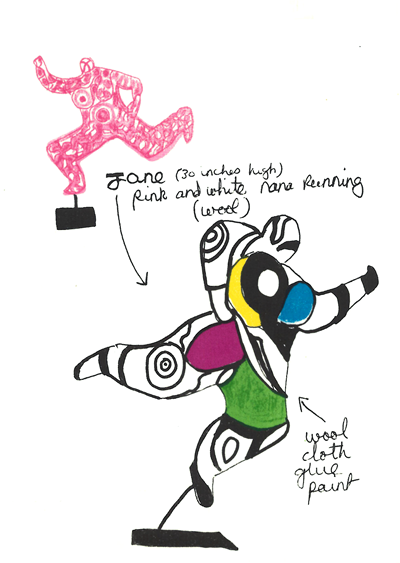
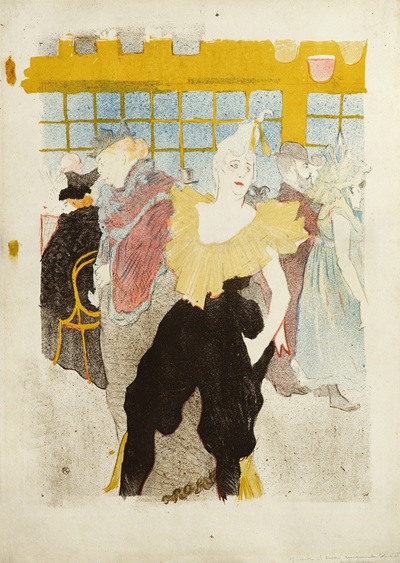


Leave A Comment